Home>Storage Ideas>Kitchen Storage>The Best 5 Kitchen Sink Materials – Choose The Best Type And Design For Your Home
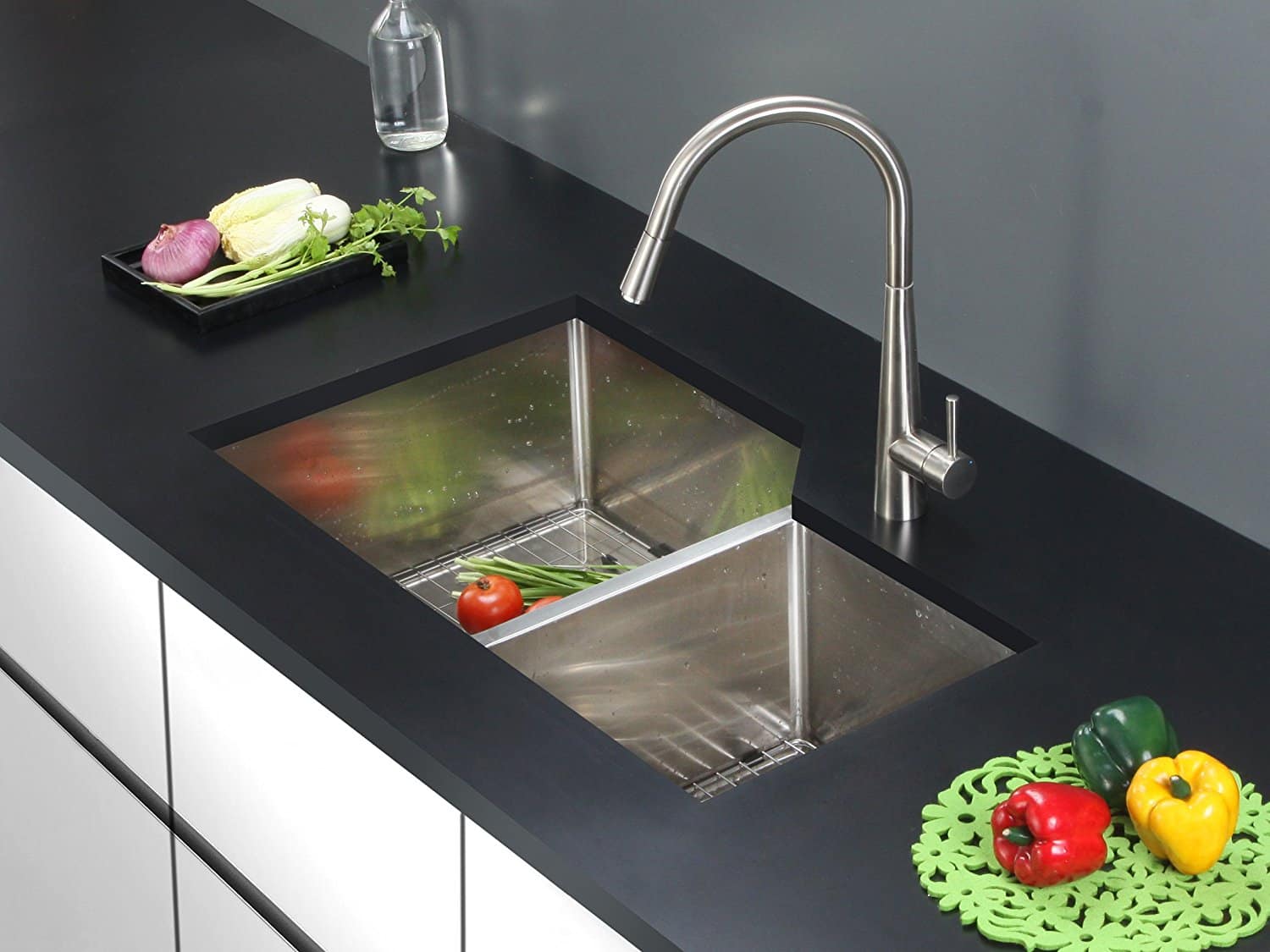

Kitchen Storage
The Best 5 Kitchen Sink Materials – Choose The Best Type And Design For Your Home
Modified: January 8, 2024
Looking for the perfect kitchen sink for your home? Explore the top 5 kitchen sink materials and designs to enhance your space. Discover the best options for kitchen storage ideas!
(Many of the links in this article redirect to a specific reviewed product. Your purchase of these products through affiliate links helps to generate commission for Storables.com, at no extra cost. Learn more)
Introduction
Welcome to our comprehensive guide on kitchen sink materials! When it comes to designing your dream kitchen, choosing the right sink is just as important as selecting the perfect countertops or cabinets. The material of your kitchen sink not only affects its appearance but also its durability, maintenance, and overall functionality. With a plethora of options available in the market, the decision-making process can be overwhelming.
In this article, we will explore the top 5 kitchen sink materials to help you make an informed choice for your home. We will discuss the pros and cons of each material, considering factors such as durability, resistance to stains and scratches, heat resistance, and aesthetic appeal.
Whether you prefer a sleek and modern stainless steel sink, a luxurious composite granite sink, a classic cast iron sink, a timeless fireclay sink, or an eye-catching copper sink, this article will provide you with all the necessary insights to choose the best type and design for your kitchen.
Without further ado, let’s dive into the world of kitchen sink materials and discover the perfect fit for your home!
Key Takeaways:
- Choose the right kitchen sink material to match your style and needs. Stainless steel offers durability and affordability, while composite granite provides luxury and heat resistance. Consider your preferences and budget for the perfect fit.
- Elevate your kitchen with a sink that combines style and functionality. From the classic appeal of cast iron to the elegance of fireclay and the unique charm of copper, each material offers its own set of benefits and considerations.
Stainless Steel Sinks
Stainless steel sinks have long been a popular choice in kitchens due to their durability and versatility. They offer a sleek and modern look that complements various kitchen styles. Here are the pros and cons of stainless steel sinks:
Pros of Stainless Steel Sinks
- Durable: Stainless steel sinks are known for their durability and can withstand daily wear and tear, including scratches and dents. They are resistant to chipping, cracking, and staining, making them a practical choice for busy kitchens.
- Easy to Clean: One of the major advantages of stainless steel sinks is their ease of maintenance. They are non-porous and resistant to bacteria, making them hygienic and easy to clean. Simply wipe the surface with a mild cleanser and water, and your sink will look as good as new.
- Heat Resistant: Stainless steel sinks can withstand high temperatures without warping or melting, making them ideal for handling hot pots and pans directly from the stovetop.
- Versatile Design Options: Stainless steel sinks come in a wide range of sizes, shapes, and configurations to suit any kitchen layout and design. Whether you prefer a single bowl, double bowl, or farmhouse-style sink, you can find a stainless steel option that fits your needs.
- Affordable: Compared to other sink materials, stainless steel sinks are relatively affordable, making them a popular choice for budget-conscious homeowners.
Cons of Stainless Steel Sinks
- Prone to Scratches: While stainless steel sinks are durable, they are susceptible to scratching, especially when exposed to abrasive materials or sharp utensils. However, minor scratches can often blend into the sink’s brushed or polished finish, reducing their visibility.
- Can Show Water Spots: Stainless steel sinks can show water spots and fingerprints more easily than other materials. Regular cleaning and drying after use can help minimize these issues and keep your sink looking pristine.
- Noisy: Some homeowners find that stainless steel sinks can be noisy when water or dishes come into contact with the metal surface. To mitigate this, consider adding a sound-absorbing undercoating or opting for a sink with thicker gauge steel.
- May Dent: While stainless steel sinks are generally resistant to dents, heavier impacts from heavy pots or objects may cause dents. Choosing a sink with a higher gauge (thicker steel) can help prevent dents and increase durability.
Despite these minor drawbacks, stainless steel sinks remain a popular choice for their durability, easy maintenance, and versatile design options. They are a timeless and practical addition to any kitchen.
Composite Granite Sinks
Composite granite sinks offer a luxurious and sophisticated option for your kitchen. Made from a combination of crushed granite stone and resin, these sinks provide the beauty and durability of natural stone with added strength and resistance. Here are the pros and cons of composite granite sinks:
Read more: How To Fix E2 Error In A Washing Machine
Pros of Composite Granite Sinks
- Durable and Scratch-Resistant: Composite granite sinks are highly durable and resistant to scratches, chips, and dings. The granite material mixed with resin creates a strong composite that can withstand heavy daily use, making it suitable for busy kitchens.
- Stain and Heat Resistant: Composite granite sinks are non-porous, which means they are resistant to stains from food and liquids. Additionally, they have excellent heat resistance, allowing you to place hot pots and pans directly in the sink without worrying about damage.
- Natural Aesthetic: With their blend of crushed granite stone and resin, composite granite sinks offer a natural and elegant look to your kitchen. They come in a variety of colors and finishes, allowing you to find the perfect sink to complement your overall kitchen design.
- Easy to Clean: Composite granite sinks are easy to clean and maintain. They are resistant to bacteria and stains, requiring only a gentle cleanser and water to keep them looking pristine. Regular cleaning will help preserve the sink’s natural beauty.
- Noise Reduction: The composite material used in these sinks helps to dampen noise, minimizing the sound of water or dishes hitting the sink. This makes composite granite sinks a quieter option compared to stainless steel or cast iron sinks.
Cons of Composite Granite Sinks
- Not Completely Stain-Proof: While composite granite sinks are resistant to stains, prolonged exposure to certain substances like coffee, tea, or highly pigmented foods can leave behind some discoloration. It is important to wipe away spills promptly to maintain the sink’s appearance.
- Requires Proper Care: Although composite granite sinks are durable, they still require proper care to preserve their beauty and longevity. It is recommended to avoid using abrasive cleaners or scrub pads that can damage the surface. Gentle cleaning and regular maintenance will extend the life of your sink.
- May Require Sealing: Some composite granite sinks may require periodic sealing to maintain their resistance to stains and scratches. It is essential to check the manufacturer’s recommendations and follow the instructions for proper maintenance.
- Higher Cost: Compared to other sink materials, composite granite sinks tend to be more expensive. However, their durability and timeless appeal make them a worthwhile investment for homeowners looking for a luxurious and durable sink.
Composite granite sinks offer a beautiful and durable option for your kitchen. With their natural aesthetic, resistance to scratches and stains, and ease of maintenance, they are a popular choice among homeowners seeking a high-end sink option that combines style and functionality.
Cast Iron Sinks
Cast iron sinks are known for their classic and timeless appeal. These sinks are made by casting iron and coating it with enamel, resulting in a durable and elegant sink option for your kitchen. Let’s explore the pros and cons of cast iron sinks:
Pros of Cast Iron Sinks
- Exceptionally Durable: Cast iron sinks are highly durable and designed to withstand heavy use. They are resistant to scratches, chips, and dents, making them a long-lasting choice for your kitchen.
- Heat and Stain Resistant: The enamel coating on cast iron sinks provides excellent heat resistance, allowing you to place hot pots and pans directly in the sink without any damage. Additionally, the enamel surface is non-porous and resistant to stains, making it easy to clean and maintain.
- Wide Range of Styles and Colors: Cast iron sinks come in a variety of styles, shapes, and colors to suit different kitchen designs. Whether you prefer a traditional farmhouse-style sink or a more modern and sleek design, you can find a cast iron sink to match your aesthetic preferences.
- Quiet and Resistant to Vibrations: Cast iron sinks absorb noise and vibrations, making them a quiet option in the kitchen. The heavy iron construction minimizes noise from water flow or dishes being washed, allowing for a more peaceful kitchen environment.
- Retains Heat: Cast iron sinks retain heat well, which can be beneficial when soaking or washing dishes. The warm surface of the sink can help with cleaning and provide a comfortable experience while working at the sink.
Cons of Cast Iron Sinks
- Requires Proper Maintenance: Cast iron sinks need proper care to maintain their beauty and prevent chipping or cracking of the enamel coating. It is important to avoid using abrasive cleaners or harsh chemicals that can damage the surface. Regular and gentle cleaning is necessary to prevent the buildup of stains and maintain the sink’s appearance.
- Can Chip or Crack: Despite their durability, cast iron sinks can be prone to chipping or cracking if heavy objects are dropped on them. It is crucial to handle items with care and use sink protection accessories, such as sink grids or mats, to minimize the risk of damage.
- Heavy: Cast iron sinks are considerably heavier than other sink materials, which can make installation more challenging. It is essential to ensure that the supporting cabinetry and countertop can handle the weight of the sink.
- Expensive: Cast iron sinks tend to be more expensive compared to other materials. However, their durability, timeless appeal, and ability to enhance the overall aesthetic of the kitchen make them a worthwhile investment for many homeowners.
Cast iron sinks embody elegance and durability in the kitchen. With their ability to withstand heavy use, resistance to heat and stains, and a wide range of styles and colors available, they are an excellent choice for homeowners seeking a classic and long-lasting sink option.
Fireclay Sinks
Fireclay sinks are a popular choice for those looking to add a touch of timeless elegance to their kitchen. These sinks are crafted from a combination of clay and glaze, then fired at high temperatures to create a durable and beautiful sink option. Let’s explore the pros and cons of fireclay sinks:
Pros of Fireclay Sinks
- Exceptional Durability: Fireclay sinks are incredibly durable and resistant to chipping, scratching, and staining. They can withstand heavy daily use and maintain their pristine appearance for years to come.
- Aesthetic Appeal: The smooth, glossy finish of fireclay sinks adds a touch of elegance and sophistication to any kitchen. The sink’s classic white color complements various design styles and blends seamlessly with different countertop materials.
- Heat and Chemical Resistant: Fireclay sinks have excellent heat resistance, making them safe to use with hot pans and boiling water. Additionally, they are resistant to chemicals, including common household cleaners, ensuring that the sink’s surface remains intact even with regular cleaning.
- Hygienic and Easy to Clean: The non-porous surface of fireclay sinks prevents the absorption of bacteria, odors, and stains. This makes them hygienic and easy to clean, allowing for quick and effortless maintenance.
- Noise Reduction: Fireclay sinks are often praised for their noise reduction properties. The dense material helps to absorb sound, minimizing noise from water and dishes, creating a quieter and more peaceful kitchen environment.
Cons of Fireclay Sinks
- Requires Careful Handling: While fireclay sinks are durable, they can be prone to chipping or cracking if subjected to heavy impact. Care should be taken when handling heavy pots or utensils to avoid damaging the sink’s surface.
- Not Resistant to Impact: Fireclay sinks are susceptible to damage from dropped objects or heavy impacts. It is important to be cautious and avoid banging or dropping items in the sink to prevent any potential cracks or chips.
- Slightly Higher Maintenance: To maintain the luster and beauty of a fireclay sink, regular cleaning and proper maintenance are essential. It is recommended to use non-abrasive cleaners and avoid harsh chemicals that could potentially damage the sink’s surface.
- Can Be Costly: Fireclay sinks are typically more expensive than other sink materials due to their durability and aesthetic appeal. However, many homeowners consider them an investment that adds value and enhances the overall aesthetic of their kitchen.
Fireclay sinks offer a blend of durability, elegance, and functionality in the kitchen. With their timeless appeal, heat resistance, and easy maintenance, they are an attractive option for those seeking a high-quality sink that exudes beauty and style.
Copper Sinks
Copper sinks are a unique and stunning choice for adding warmth and character to your kitchen. These sinks are crafted from solid copper, providing a rich and distinctive appearance. Let’s explore the pros and cons of copper sinks:
Pros of Copper Sinks
- Beautiful Aesthetic: Copper sinks offer a rich and warm aesthetic that adds a touch of elegance and uniqueness to any kitchen. The natural patina that develops over time enhances the sink’s beauty and adds character.
- Antibacterial Properties: Copper has natural antibacterial properties, making copper sinks inherently hygienic. Bacteria and germs are unable to survive on the copper surface, making it an excellent choice for maintaining a clean and sanitary kitchen.
- Durable: Copper sinks are highly durable and resistant to corrosion, stains, and dents. They can withstand heavy use and last for many years with proper care and maintenance.
- Heat Resistant: Copper sinks have excellent heat resistance and can handle high temperatures without any damage. This makes them ideal for placing hot pots and pans directly into the sink without the risk of causing any harm.
- Versatile Design Options: Copper sinks come in various styles, sizes, and configurations to suit different kitchen designs. Whether you prefer a farmhouse-style sink, a sleek undermount sink, or a unique hammered finish, there is a copper sink to match your preferences.
Cons of Copper Sinks
- Requires Regular Maintenance: Copper sinks require regular maintenance to preserve their luster and prevent the development of patina. It is necessary to clean and dry the sink after each use to prevent water spots and tarnishing. Additionally, regular polishing can help maintain the sink’s original shine.
- Can Be Prone to Scratches: Copper is a relatively soft material, which means that copper sinks can be susceptible to scratches from sharp objects or abrasive cleaners. It is important to use gentle cleaning products and avoid using harsh scrubbing pads or abrasive materials to protect the sink’s surface.
- Patina Development: While the natural patina that forms on copper sinks adds to their beauty, some homeowners may prefer to maintain the original shiny appearance. Regular polishing is needed if you want to keep the sink looking bright and shiny, as the patina can darken over time.
- Higher Cost: Copper sinks are generally more expensive compared to other sink materials. The cost is attributed to the craftsmanship, durability, and unique aesthetic appeal that copper brings to the kitchen. However, many homeowners consider it a worthwhile investment for its durability and distinctive charm.
Copper sinks are a remarkable choice for those seeking a truly unique and visually striking sink. With their beautiful appearance, antibacterial properties, and durability, copper sinks can elevate the overall design of your kitchen and add a touch of luxury.
Conclusion
Choosing the right kitchen sink material is an important decision that can greatly impact the functionality and style of your kitchen. Each of the five materials we have explored in this article – stainless steel, composite granite, cast iron, fireclay, and copper – offers its own set of advantages and considerations.
Stainless steel sinks are a popular choice due to their durability, easy maintenance, and affordability. They offer a sleek and modern look that complements various kitchen styles. Composite granite sinks provide a luxurious and sophisticated option, combining the beauty of natural stone with added strength and resistance. They are known for their durability, heat resistance, and wide range of color options.
Cast iron sinks exude a classic and timeless appeal, offering exceptional durability and heat resistance. They can complement various kitchen styles and provide a quiet and peaceful working environment. Fireclay sinks, on the other hand, bring elegance and a natural aesthetic to your kitchen. They are highly durable, hygienic, and easy to clean.
Copper sinks are a unique choice that adds warmth and character to any kitchen. They offer a stunning and distinctive aesthetic, along with natural antibacterial properties. However, they require regular maintenance to preserve their shine and prevent the development of patina.
In conclusion, when selecting a kitchen sink, consider factors such as durability, maintenance requirements, heat resistance, style, and budget. Assess your specific needs and preferences to make an informed decision. Whether you value the sleekness of stainless steel, the luxury of composite granite, the timeless appeal of cast iron, the elegance of fireclay, or the unique charm of copper, there is a kitchen sink material that will perfectly suit your home.
Remember, the kitchen sink is not only a functional element but also a design statement. It is a focal point that ties together the overall look and feel of your kitchen. By choosing the right material, you can create a space that is both visually pleasing and practical for all your culinary adventures.
Frequently Asked Questions about The Best 5 Kitchen Sink Materials – Choose The Best Type And Design For Your Home
Was this page helpful?
At Storables.com, we guarantee accurate and reliable information. Our content, validated by Expert Board Contributors, is crafted following stringent Editorial Policies. We're committed to providing you with well-researched, expert-backed insights for all your informational needs.







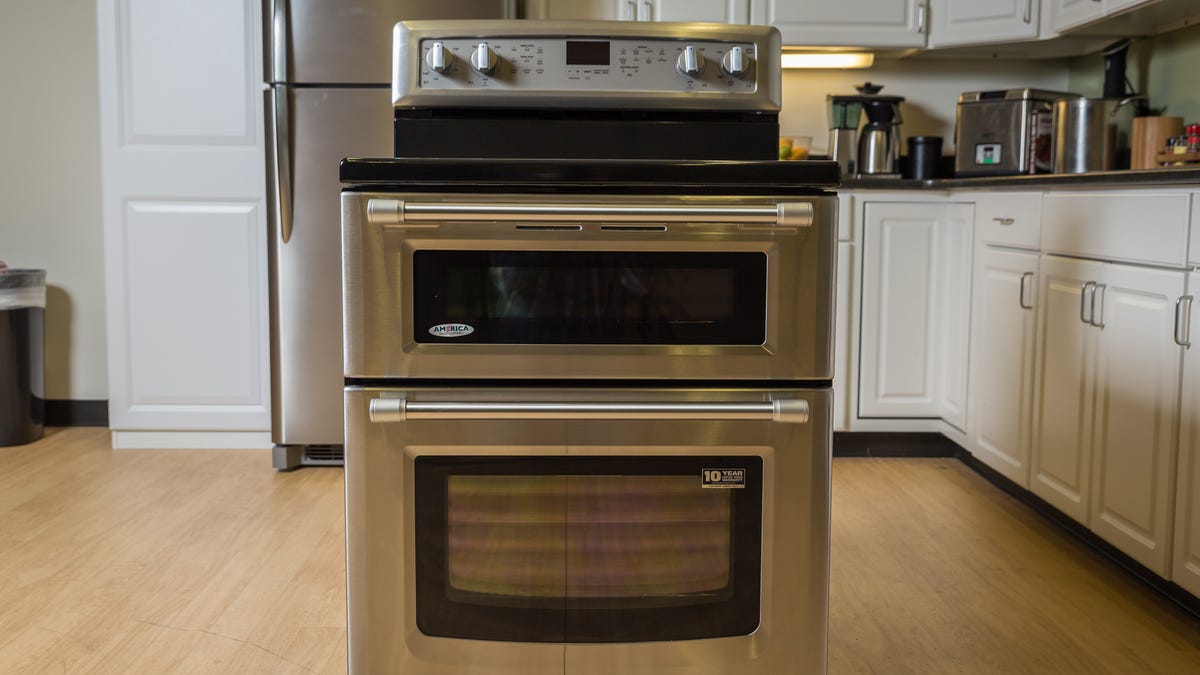
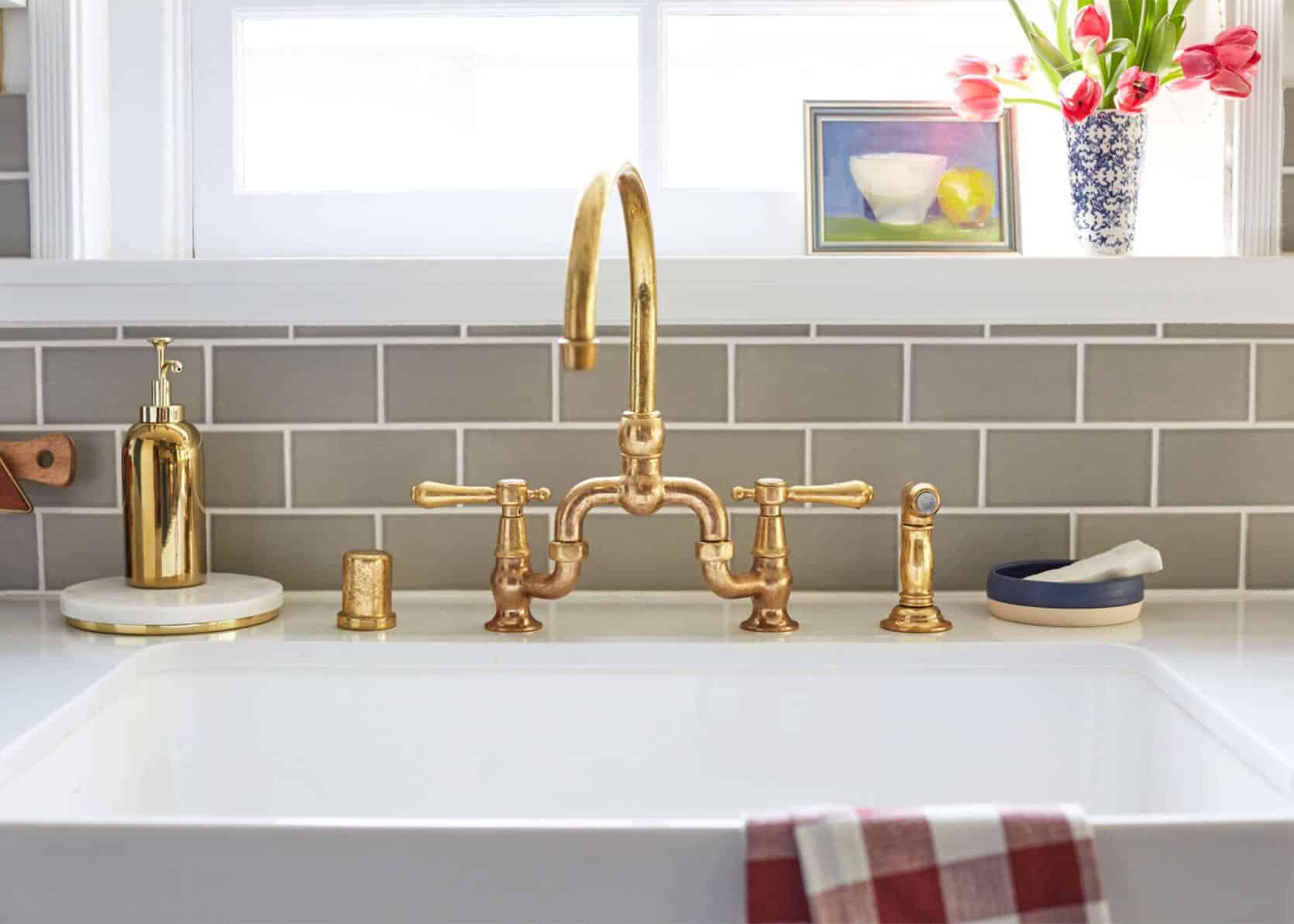
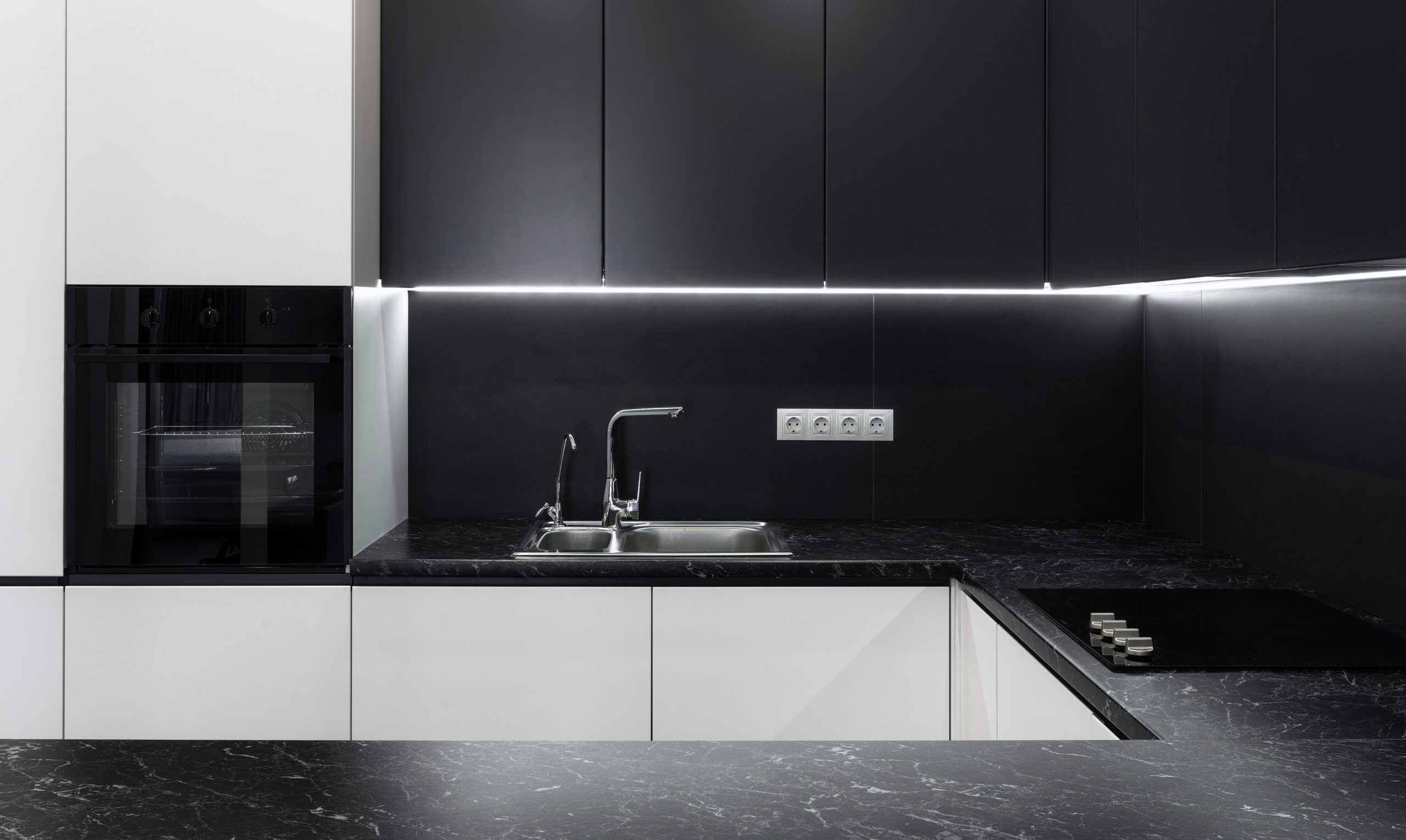

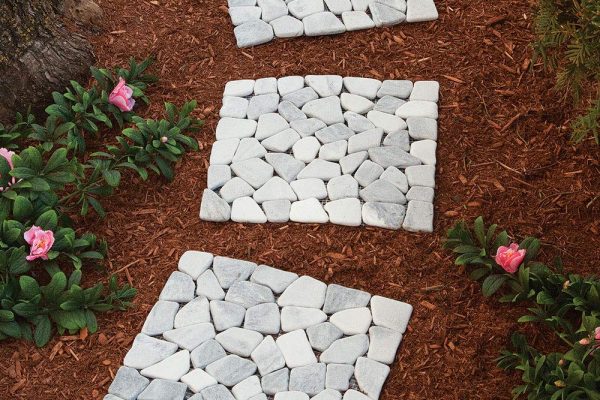

0 thoughts on “The Best 5 Kitchen Sink Materials – Choose The Best Type And Design For Your Home”